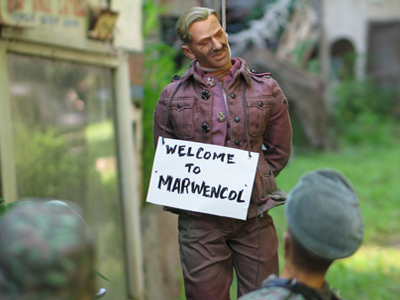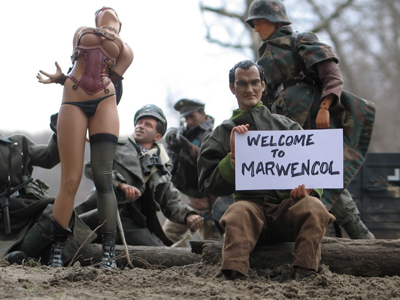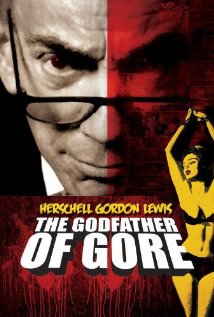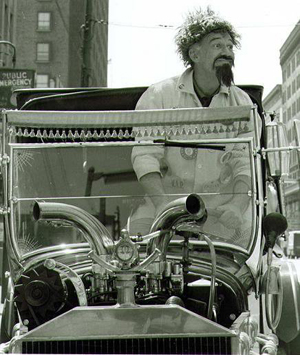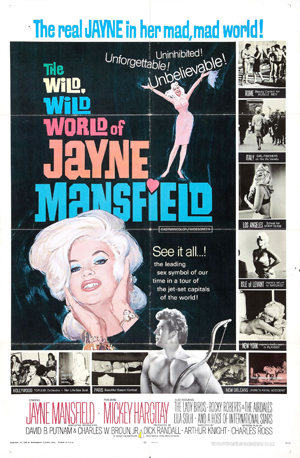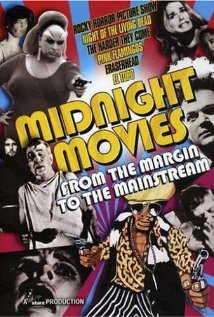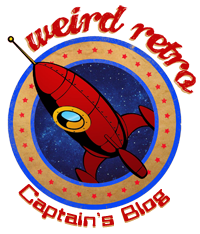|
Part documentary, part early form of mockumentary, I Am Curious (Yellow) was part of the emerging new wave of Swedish cinema in the late 1960s. Originally conceived as a 3 and a half-hour epic, the film was split into two companion films named Yellow and Blue, after the colours of the Swedish flag.
The film tells the story of Lena, as she goes on a journey of self discovery, followed by a film crew. With the director Sjöman documenting himself, documenting Lena. Lena builds an archive of her life, and her discoveries, as the film explores social and political themes of the period. Blurring the lines between fact and the fictional life of Lena, through interviews with people on the streets, and even an interview with Dr. Martin Luther King Jr., while he was on a visit to Sweden. The film's frank portrayal of Lena's sex life caused controversy on the film's release. With graphic nudity and simulated sexual intercourse and oral sex, the film came to the attention of the censors. |
|
Though I Am Curious (Yellow) is a stand alone film, it is best viewed alongside I Am Curious (Blue), as the companion film fills in the narrative of the first. One making sense of the other. I Am Curious (Yellow) is the most well known of the two films, and is a film very much of its time. The controversy that surrounded it may seem an over-reaction when views through contemporary eyes. But it is an important film, not only of Swedish and to a larger extent European arthouse cinema, but as a snap-shot of the counterculture and socio-political movement of the late 1960s. And it is for that reason, rather than the infamy that surrounded the film, that it is deserving of its status as one of the key cult films of its period.
0 Comments
The shop and the land they owned was a desert ghost town, where in the largest building Calvin built his Fantasy Doll Theater, which was powered by a windmill he had built. Along with a clever contraption of strings, pulleys, hidden tape recorders and animatronics, trained ventriloquist Calvin would put on shows. He carved the heads and made the bodies of over 8 dolls, which Ruby clothed. Most were female, and often based on friends, family and celebrities. The couple were childless, and Calvin often referred to his dolls as his children. The collection spread out for hundreds of yards along the roadside, either side of the shop. Each doll named, and carrying a sign around its neck.
Lewis and Friedman entered wanted to tap markets that their nudies couldn't or wouldn't reach, andso in 1963 they made Blood Feast. Now a cult classic, that is considered by many to be the first ever "gore" movie. The simply buckets of blood and cheap special effects trickery found a willing and ready market, especially in the drive-ins. So the pair followed up Blood Feats with Two Thousand Maniacs! (1964) and Colour Me Blood Red (1965). They'd hit on a formula, and they were going to milk it for all it was worth. As soon other exploitation film-makers picked-up on the movies Lewis was making, and started making their own gore movies. After Colour Me Blood Red, Lewis and Friedman stopped working together, but Lewis continued to make gore movies. His next were A Taste Of Blood and The Gruesome Twosome, both 1967. He still continued to make nudie and softcore movies, as well as a couple of children's films. But it is his gore movies that he's most well known for. He started using the word in the titles of his movie. In 1968 he made Doctor Gore (also known as How To Make A Doll), followed by 1970's The Wizard Of Gore, and in 1972 Gore Gore Girls. Most recently after a gap of nearly 40 years, in 2002 he made a sequel to Blood Feast, Blood Feast 2: All U Can Eat.
Ghoulardi employed the usual schtick that many horror hosts did, and dragged in TV station staff to help out at times on screen. He developed catch-phrases, like "Stay sick!" And maintained the hipster vibe by playing jazz, blues and novelty tunes during breaks in the movies. He frequently played the Rivingtons' "Papa-Oom-Mow-Mow" over a clip of a toothless old man gurning. (That song and their 1963 hit "The Bird's the Word", were merged by The Trashmen, to make the cult song from that same year Surfin' Bird.) The self-proclaimed "psychobilly" band, (who recorded a cover version of Surfin' Bird, The Cramps, named their 1990 album Stay Sick! and dedicated their 1997 album, Big Beat From Badsville, to Ghoulardi's memory. At his show's peak, Ghoulardi scored 70% of the late-night audience. Fans sent up to 1,000 pieces of mail a day. The Cleveland Police Department attributed a 35% decline in juvenile crime to the Friday night show.
Weird Retro Fact: Read about how the post about The Ladybirds got Weird Retro admins a month long facebook ban in our article Banned By Facebook: The Nipple Police Strike Again!
Although the documentary focuses on those six, it also references exploitation cinema cult classics that became part of the midnight movie circuit Freaks (1932) and Reefer Madness (1936). A great introduction into the key players in cult cinema, for anyone wanting to dip their toes into the murky waters. Weird Retro often covers cult cinema read our article the Top Ten: Exploitation Cinema Documentaries which features Midnight Movies: From the Margins To The Mainstream. The director of El Topo, Alejandro Jodorowsky is featured in our article about his failed attempt to bring Frank Herbert's Dune to the screen, in The Greatest Film Never Made: Jodorowsky's Dune. One of the most famous of the six as far as midnight showing longevity is The Rocky Horror Picture Show, which made the Weird Retro Top Ten: The Horror Of Movie Musicals. And whose opening theme was broken down movie by movie in a Captain's Blog post.
|
Archives
November 2015
Categories
All
|

